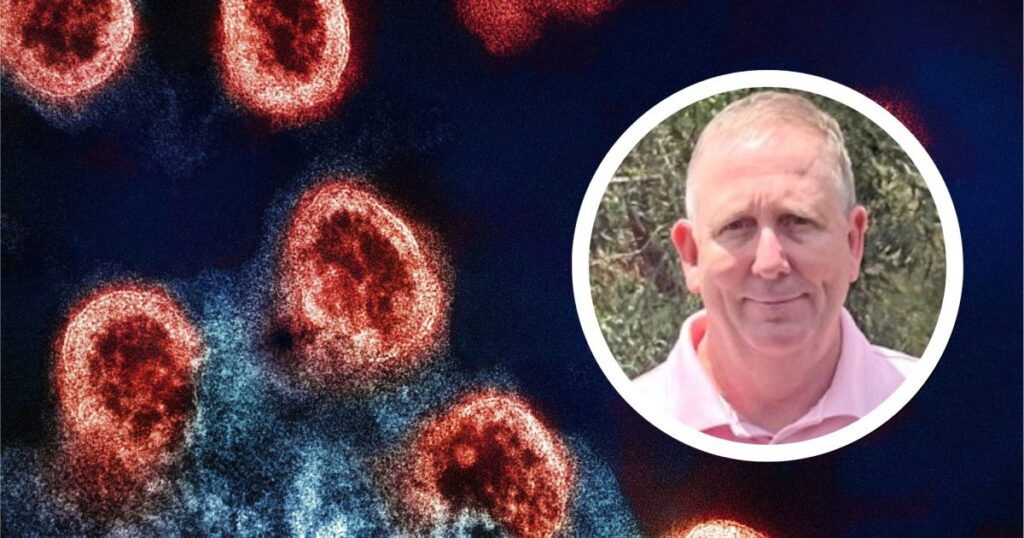
Scientists have made significant strides in developing a potential vaccine for the human immunodeficiency virus (HIV) using mRNA technology, reporting promising results from early-stage clinical trials. This innovative approach, spearheaded by researchers at the Fred Hutchinson Cancer Centre, builds on the same mRNA technology that was pivotal in the rapid development of COVID-19 vaccines.
Currently, there is no FDA-approved vaccine to prevent HIV, but Dr. Brian Sengstock, an expert from Charles Sturt University, believes that we are “one step closer” to achieving this milestone. Dr. Sengstock, who leads a $1.5 million research initiative aimed at improving access to HIV preventive care, highlights the unique challenges posed by the virus’s ability to “hide” within cells.
The Science Behind the Vaccine
Dr. Sengstock explained that unlike other viruses that attach to the exterior of cells, HIV integrates itself into the cell’s internal components. “It’s always had that ability to hide in the cell,” he noted. “We have effective antiretroviral therapies, but if the person stops taking those medications, the virus can re-emerge.”
Antiretroviral therapies (ART) are a combination of HIV medications that prevent the virus from reproducing and progressing to acquired immunodeficiency syndrome (AIDS). Although not a cure, ART allows people with HIV to live long, healthy lives while reducing the risk of transmission.
The new vaccine aims to target the virus inside the cell, a breakthrough that could revolutionize HIV treatment. “The vaccine being developed works on actually going into the cell and finding the HIV virus,” Dr. Sengstock said. “This allows it to identify and work against the virus inside the cell.”
Progress and Challenges
Dr. Sengstock expressed cautious optimism about the future of HIV vaccines, stating he is “reasonably confident” that a fully functional and affordable vaccine will be developed. “Probably not within the next two or three years, I think it will be much longer than that,” he said. “But I’m certainly increasingly confident we will see a vaccine for the actual treatment of HIV.”
Despite the stigma surrounding HIV, research efforts in Australia are robustly supported. In a significant policy shift, the Australian Red Cross Lifeblood relaxed its long-standing restrictions on blood and plasma donations from men and transgender women who have sex with other men, including those on pre-exposure prophylaxis (PrEP).
Australia’s Commitment to HIV Elimination
Australia has set an ambitious goal to virtually eliminate HIV transmission by 2030. Dr. Sengstock believes the country is on track to achieve this, noting, “When you look at other developed countries, Australia is very much at the forefront of HIV research.”
The World Health Organization has set a goal globally for virtual elimination of HIV transmission, which we have achieved in some parts of Australia.
For instance, in inner-Sydney, where there is a large gay population, virtual elimination of HIV was achieved in August 2023, though this success is limited to specific areas.
Public Health Recommendations
Dr. Sengstock advises men and transgender women who engage in sexual activity with other men to undergo HIV testing every three months, or at least annually, as per clinical guidelines. “It gives you and your sexual partners peace of mind,” he emphasized.
To facilitate testing, the Commonwealth now supports free HIV testing kits, available via mail or vending machines. “It’s just like a COVID test,” Dr. Sengstock explained. “It’s a finger prick, dry-blood test and 20 minutes later, it will tell you yes or no.” For those who test positive, seeking medical advice promptly is crucial.
The development of an HIV vaccine represents a significant leap forward in global health efforts, offering hope for millions affected by the virus. As research continues, the scientific community remains committed to overcoming the challenges posed by HIV and ultimately achieving a world free of AIDS.






